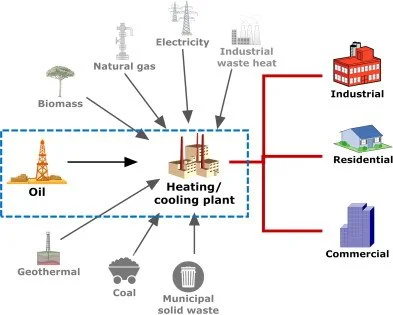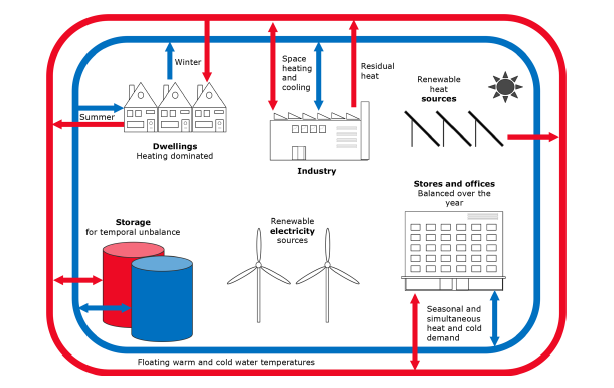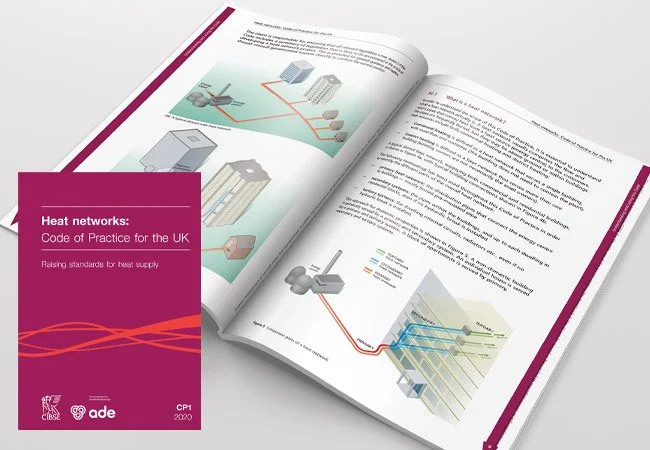
Low-Carbon Heat Sources & Generation
Low-carbon heat generation is at the heart of the UK’s net zero strategy — and for many developers, funding bodies, and councils, it’s no longer optional.
At Design Tech Solutions, we help clients integrate modern, renewable, and recoverable heat sources into their networks. From heat pump-first design to solar thermal and hybrid systems, we engineer for both carbon reduction and buildability.
Why Low-Carbon Heat Matters in District Heating
The UK government has committed to decarbonising heat — and district energy networks are a major part of that transition.
Whether your project is chasing PSDS, HNIP, LEVI or BREEAM targets, your heat source strategy will make or break your carbon case. DTS supports design teams to:
Integrate ASHPs and GSHPs at the right scale
Capture usable waste heat
Use solar thermal for DHW topping
Combine sources for resilience
Ensure outputs match planning and compliance requirements
FAQ
How We Deliver Low-Carbon Heat Design at DTS
Source Evaluation & Feasibility
We compare cost, carbon, and footprint for different generation strategies — including hybrid options.
Load & Performance Modelling
We simulate demand profiles, daily cycles, and flow/return performance to size each source correctly.
Controls Integration
We define sequencing and BMS logic that allows smart switching between sources based on load, time, or tariff.
Modular & Scalable Layouts
We build in flexibility for future add-ons or upgrades — including stubs, zones, and control expansion.
Funding-Ready Documentation
We provide performance specs and layouts to support PSDS, HNIP, or private sector funding applications.
Let’s Power a Cleaner Network
DTS helps clients design and deliver heat generation systems that reduce emissions without sacrificing performance.
RELATED READS
Explore our detailed guides on designing effective, future-ready district heating systems. Each article is written to help clients, developers, and stakeholders understand what great network design looks like in practice.






